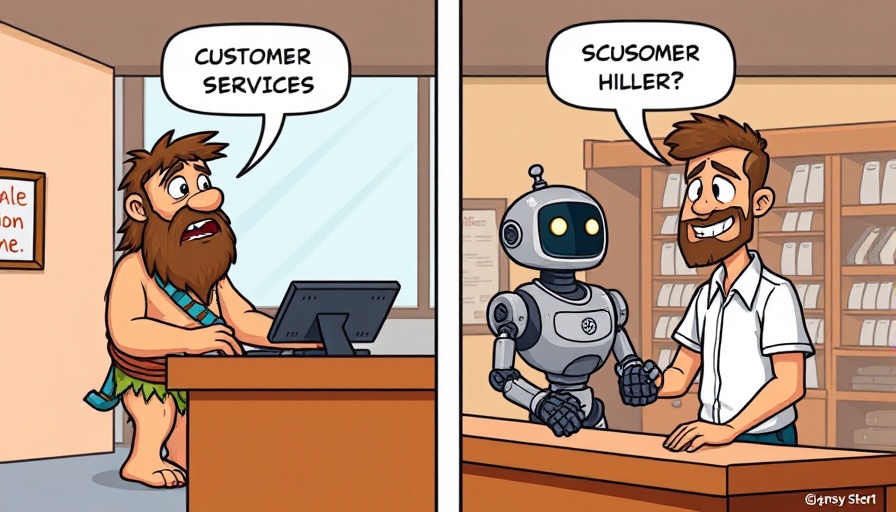
Why Community Engagement is Essential in Law Enforcement
At the heart of effective law enforcement lies a pivotal similarity to customer service—both depend on mutual understanding and trust between the service provider and the community. In recent years, the role of law enforcement agencies has evolved significantly to adapt to changing public expectations and needs, while the principles of customer engagement have become more relevant than ever.
Understanding the Modern Citizen's Expectations
Today's citizens are more actively engaged in their communities than previous generations, leading to a demand for transparency, empathy, and proactive communication from law enforcement agencies. Just like customers expect quick responses and personalized service, community members expect their needs to be recognized and addressed promptly. The shift towards community policing, where officers work alongside citizens rather than merely policing them, is a powerful strategy in this regard.
Building Public Trust: The New Frontier for Law Enforcement
Public trust is crucial for successful policing—it influences crime prevention and fosters community cooperation. Just as brands work to build loyalty through exceptional service, law enforcement agencies must prioritize transparency and accountability in their operations. Initiatives such as community-led forums, where citizens can discuss their concerns directly with officers, can serve as a means to bridge gaps and foster greater community trust.
Technology as a Connector: Enabling Better Communication
Advancements in technology are reshaping customer service landscape, and the same applies to law enforcement. Tools such as social media platforms not only facilitate quick communication but also serve as crucial feedback channels. When police departments actively engage with communities online, they can understand public sentiment and address concerns more proactively, leading to a greater alignment of public expectations with police strategies.
Leveraging Data for Proactive Policing
Just as businesses utilize data analytics to tailor their customer experience, law enforcement agencies can use data analysis to improve crime prevention strategies. By understanding crime patterns and community needs through real-time data analysis, police can deploy resources more effectively and engage in preventative measures that enhance overall public safety.
Training Officers in Customer Service Principles
Amidst the ongoing dialogues around public safety, it has become clear that training law enforcement officers in effective communication and customer service techniques is paramount. Officers who understand the value of empathy and are skilled in active listening are better equipped to de-escalate situations and improve community relations.
Promoting Officer Wellbeing: A Foundation for Effective Service
Lastly, agencies must acknowledge that officer wellbeing directly impacts the quality of service provided. By implementing strategies aimed at reducing stress and burnout, departments can ensure that officers are mentally and emotionally fit to engage with the community. Training that emphasizes conflict resolution and mental health support creates a well-rounded approach to community engagement.
Conclusion: A Call to Action for Policymakers and Law Enforcement Leaders
In an ever-evolving landscape, it's evident that law enforcement must embrace the new reality that customer service principles are indispensable. Officers must be trained and prepared to engage with communities on a human level, employing technology and data analytics to enhance their approach. Collaborative efforts between communities and law authority agencies should be prioritized for improved public safety, transparency, and trust.
Let's move towards a future where law enforcement is not just about maintaining order, but also about building lasting relationships that ensure the safety and wellbeing of all community members. Take the initiative today—engage with your community, assess your agency's approach, and implement strategies that prioritize transparency and collaboration. Together, we can create safer neighborhoods for everyone.
 Add Row
Add Row  Add
Add 

 Add Element
Add Element 




Write A Comment